Refine search
Actions for selected content:
313 results in Books and Monographs

The Making of Southeast Asia
- International Relations of a Region
-
- Published by:
- ISEAS–Yusof Ishak Institute
- Published online:
- 21 October 2015
- Print publication:
- 22 November 2012

Anthony Reid and the Study of the Southeast Asian Past
-
- Published by:
- ISEAS–Yusof Ishak Institute
- Published online:
- 21 October 2015
- Print publication:
- 09 March 2012
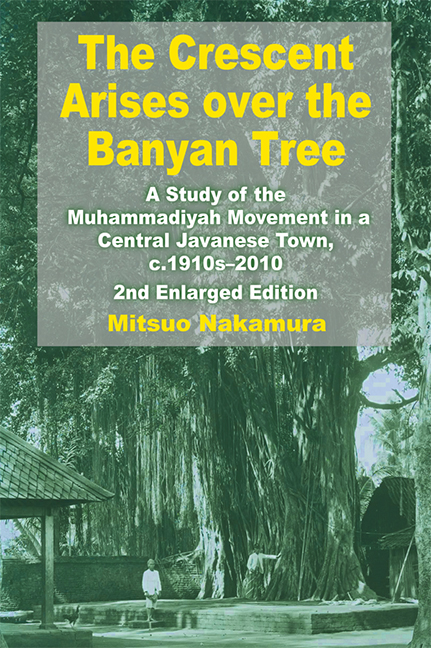
The Crescent Arises over the Banyan Tree
- A Study of the Muhammadiyah Movement in a Central Javanese Town, c.1910s-2010 (Second Enlarged Edition)
-
- Published by:
- ISEAS–Yusof Ishak Institute
- Published online:
- 21 October 2015
- Print publication:
- 12 September 2012

Where in the World is the Philippines?
- Debating Its National Territory
-
- Published by:
- ISEAS–Yusof Ishak Institute
- Published online:
- 21 October 2015
- Print publication:
- 29 December 2010

The Triumph of Practicalty
- Tradition and Modernity in Health Care Utilization in Selected Asian Countries
-
- Published by:
- ISEAS–Yusof Ishak Institute
- Published online:
- 21 October 2015
- Print publication:
- 01 January 1990

Ethnic Conflicts in Southeast Asia
-
- Published by:
- ISEAS–Yusof Ishak Institute
- Published online:
- 21 October 2015
- Print publication:
- 14 October 2005
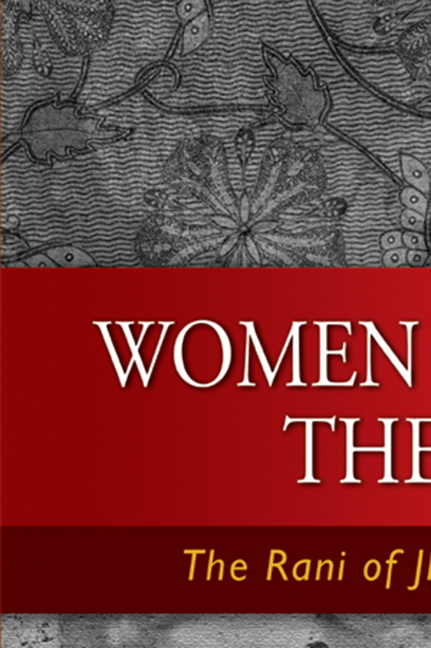
Women Against the Raj
- The Rani of Jhansi Regiment
-
- Published by:
- ISEAS–Yusof Ishak Institute
- Published online:
- 21 October 2015
- Print publication:
- 01 September 2008

Military Elite in Thai Politics
- Brief Biographical Data on the Officers in the Thai Legislature
-
- Published by:
- ISEAS–Yusof Ishak Institute
- Published online:
- 21 October 2015
- Print publication:
- 01 January 1984
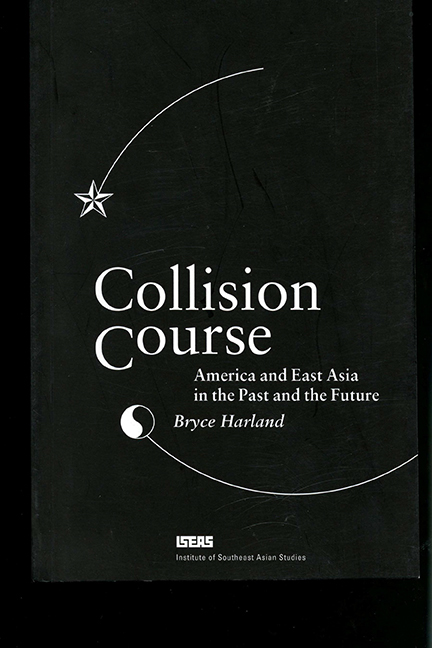
Collision Course
- America and East Asia in the Past and the Future
-
- Published by:
- ISEAS–Yusof Ishak Institute
- Published online:
- 21 October 2015
- Print publication:
- 01 April 1986

Burma
- Literature, Historiography, Scholarship, Language, Life, and Buddhism
-
- Published by:
- ISEAS–Yusof Ishak Institute
- Published online:
- 21 October 2015
- Print publication:
- 01 January 1985
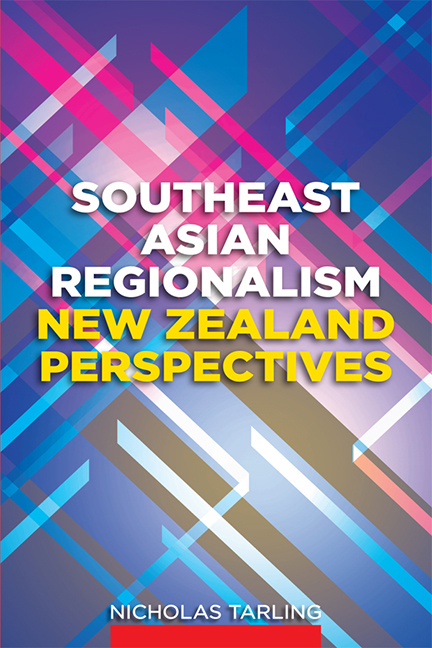
Southeast Asian Regionalism
- New Zealand Perspectives
-
- Published by:
- ISEAS–Yusof Ishak Institute
- Published online:
- 21 October 2015
- Print publication:
- 29 August 2011
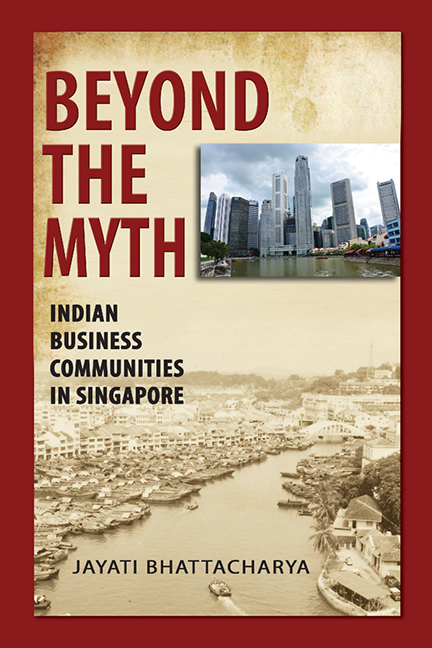
Beyond the Myth
- Indian Business Communities in Singapore
-
- Published by:
- ISEAS–Yusof Ishak Institute
- Published online:
- 21 October 2015
- Print publication:
- 28 June 2011

Asian Maritime Power in the 21st Century
- Strategic Transactions China, India and Southeast Asia
-
- Published by:
- ISEAS–Yusof Ishak Institute
- Published online:
- 21 October 2015
- Print publication:
- 18 January 2011

Different Voices
- The Singaporean/Malaysian Novel
-
- Published by:
- ISEAS–Yusof Ishak Institute
- Published online:
- 21 October 2015
- Print publication:
- 22 October 2009

Elections and Politics in Indonesia
-
- Published by:
- ISEAS–Yusof Ishak Institute
- Published online:
- 21 October 2015
- Print publication:
- 30 January 2002
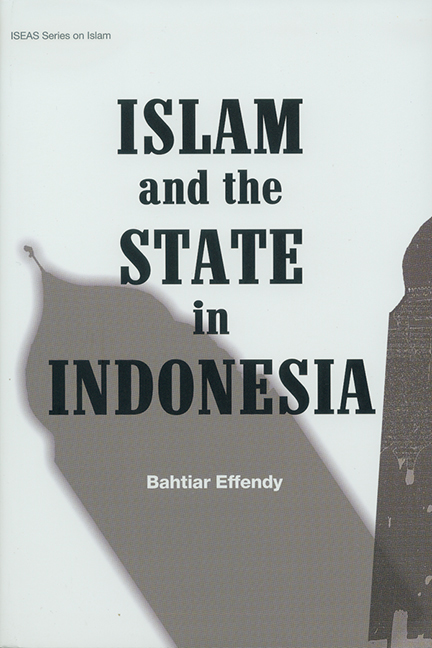
Islam and the State in Indonesia
-
- Published by:
- ISEAS–Yusof Ishak Institute
- Published online:
- 21 October 2015
- Print publication:
- 02 December 2003

The New Wave of Japanese Investment in ASEAN
- Determinants and Prospects
-
- Published by:
- ISEAS–Yusof Ishak Institute
- Published online:
- 21 October 2015
- Print publication:
- 01 January 1990

Regional Outlook
- Southeast Asia 1996-97
-
- Published by:
- ISEAS–Yusof Ishak Institute
- Published online:
- 21 October 2015
- Print publication:
- 01 January 1996

The Impact of MNC Investments in Malaysia, Singapore and Thailand
-
- Published by:
- ISEAS–Yusof Ishak Institute
- Published online:
- 21 October 2015
- Print publication:
- 01 January 1992

ASEAN-Japan Relations
-
- Published by:
- ISEAS–Yusof Ishak Institute
- Published online:
- 21 October 2015
- Print publication:
- 28 November 2013
